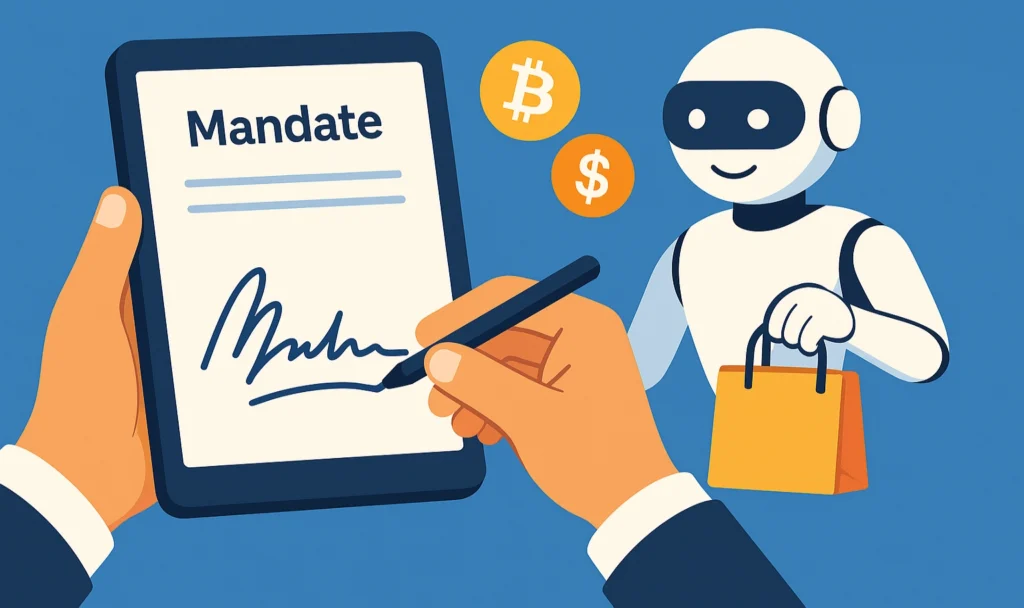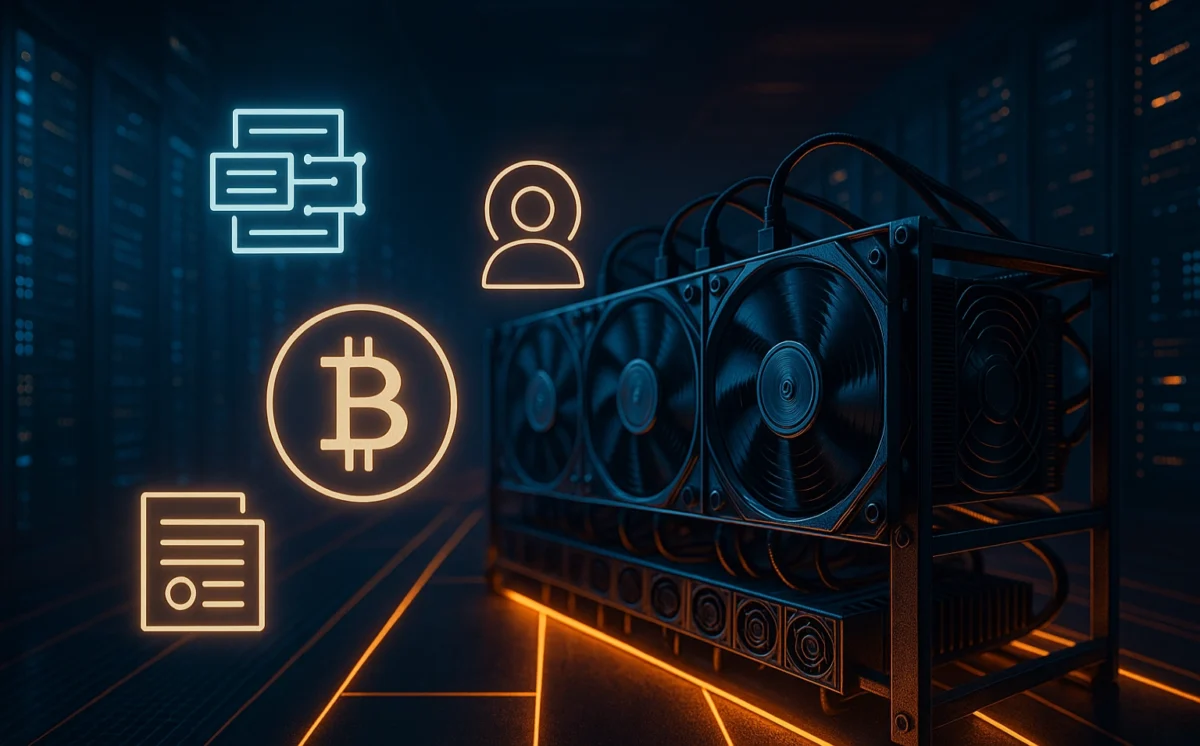Google is moving past being just a software or cloud provider. It’s now stepping into crypto-mining infrastructure and building a payments protocol for AI agents, staking its claim on both the hardware and financial rails that power the future. In this article, we’ll trace how these moves interconnect and what they might mean for AI, crypto, and commerce.
Google Backs Crypto Mining to Power AI
Google recently committed to a $3 billion, 10-year agreement with Cipher Mining and Fluidstack, underwriting $1.4 billion of lease obligations in exchange for warrants and a 5.4% stake in Cipher. This deal anchors Google deeper into physical compute infrastructure.
Cointelegraph
By investing in mining facilities that often share power, cooling, and compute design with AI data centers, Google is aligning crypto compute with AI workloads.
This isn’t its only move. It also continues backing firms like TeraWulf, which is raising $3 billion in debt for data center expansion with Google’s support.
CoinDesk
These deals show Google is not just a tenant — it’s a stakeholder in the next generation of compute infrastructure.

AP2: Google’s Protocol for Agent-Driven Payments
On the payments front, Google unveiled Agent Payments Protocol (AP2): a new open standard that lets AI agents transact on behalf of users under cryptographic “mandates.”
Google Cloud blog
AP2 supports traditional payments like credit cards and bank transfers — and crucially, also enables crypto rail integration via A2A x402 (developed with Coinbase and others).
VentureBeat
The core idea: user signs a mandate, giving the agent verified permission. That mandate is cryptographically bound and used to authorize transactions on behalf of the user. This ensures authorization, authenticity, and accountability in agent-led commerce.
Why These Moves Fit Together
- Compute + Payments Synergy
By owning part of compute infrastructure (mining / data centers) and designing the payments layer, Google could integrate vertically — controlling cost, latency, and transactional overhead. - Agentic Commerce Enablement
With AP2, agents can handle tasks end-to-end: browsing, selecting, purchasing. Crypto rails allow microtransactions or tokenized payments, opening new monetization models. - Ecosystem Positioning
Instead of ceding control of infrastructure (compute) or rails (payments) to others, Google could become the backbone of agentic AI + finance. That’s a powerful place to be.
Risks & Challenges
- Regulatory scrutiny: When payments + crypto + AI combine, oversight will intensify.
- Conflict of interest: Owning infrastructure while running open protocols may attract accusations of unfair leverage.
- Adoption barrier: Merchants, banks, and users must trust mandates, crypto rails, and agent operations.
- Technical execution: The protocol must scale globally, and mandate systems must resist fraud or manipulation.
Some analysts suggest that AP2’s design must evolve to better protect data in multi-agent settings — for instance, by isolating sensitive user context and minimizing exposure.
Forbes
What If Google’s Vision Wins?
- AI agents could operate autonomously: paying for cloud services, subscriptions, or even trading assets.
- Crypto becomes a mainstream rail for microtransactions, not niche use.
- Data center operators could shift toward hybrid crypto + AI compute models.
- New business models emerge: “agent-access subscriptions,” dynamic fee models, or marketplaces of agent services.
If successful, Google would not just host AI — it might control the foundational rails that let AI act.
Frequently Asked Questions (FAQs)
Q1: What kinds of payments can AP2 use?
AP2 is payment-agnostic — it supports credit cards, bank transfers, and crypto (via the A2A x402 extension).
Q2: Why does Google back mining firms instead of just leasing?
Backstopping debt and taking equity ties Google into critical compute infrastructure, giving it influence over cost, design, and scale.
Q3: Is AP2 available for regular consumers yet?
Not yet. It’s in development, open for partners and developers to build upon, but no full consumer-ready deployment is known.
Conclusion
Google is making bold moves to fuse AI, crypto, and payments into a unified stack. By anchoring itself in compute infrastructure and designing protocol rails, it could control both the brains and the money behind future agent-driven transactions.
Key Takeaway: Google isn’t just evolving its products — it’s staking claims across AI’s physical and financial layers.
Last Updated on October 18, 2025 by Lucy



